Seasons – October 2020

From the Plateau Land & Wildlife Management Team
Another beautiful Texas fall is upon us. It may feel like we are in the middle of summer still, but cooler weather is just around the corner. Have faith, it’s coming! And with it, deer and quail season, crisp fall weather, changing leaves, and yes, even the holiday season. It’s an exciting time of the year and a great time to think about your wildlife and your wildlife management plans.
Fall brings a rejuvenated excitement for life and an eagerness to reconnect with the land. This spirit is reflected in this issue of Seasons, in which we highlight several opportunities to improve and enjoy your land while also taking care of a few qualifying activities for those in wildlife for their open-space property tax status. Fall is an important time to think about pollinators as well, from Monarchs migrating through to the recent irruption of American Snout butterflies in central Texas.
We hope this issue of Seasons will help jump-start your celebration of fall, and if there’s any way that Plateau Wildlife or any of our family members can help you protect, enhance, or better enjoy your land during this special season, just give us a call. We’ll be here when you need us.
Until next season and Seasons,
The Plateau Team
Table of Contents
Monarch Butterflies
Wildlife Management Activity Reminder: Winter Wildlife Surveys
On-Demand Webinar: Butterflies, Wasps and Bees, Oh My! How to Manage for Native Pollinators
Service Spotlight: FREE Wildlife Exemption Webinar Series
Beekeeping as an Agricultural Use
Property Tax Solutions for Developers: Grazing Associations & WMPAs
News for Texas Landowners
Monarch Butterflies
By Sarah Kahlich, AWB, Senior Wildlife Biologist
Starting from August through October, subtle changes in the day length and temperature signal to the monarchs it is time to make their journey south. Monarchs make their incredible journey south to central Mexico and west to the California coast, and a few may winter along the Gulf coast or south Atlantic coast. Though unlike the many animals that make epic migrations, these butterflies will not return.
As winter draws to an end, these monarchs head a portion of the way north to warmer areas like Texas. It is here the monarchs will mate and lay their eggs on the undersides of milkweed leaves. After a few days, the eggs will hatch and the black, white, and gold caterpillar will emerge and start feeding on the milkweed plant. There are a variety of milkweeds utilized by monarchs, and many milkweed plants contain cardiac glycosides, which is stored in the bodies of both the adults and the caterpillar. This poison is extremely distasteful to predators. These very hungry caterpillars consume enormous amounts of milkweed before they start to form into a chrysalis and start their transformation into a butterfly.
Once these butterflies have hatched out, they continue the migration their parents had started and could not finish. This batch will fly another 200-300 miles and repeat the process in a new patch of milkweed. Upon reaching Canada, it has taken 4-5 generations to complete this 3,000-mile journey. When the temperatures start changing and the days start getting shorter, the monarchs will start their incredible journey back south again.
Ways You Can Help Monarchs (& Other Butterflies): Build a Butterfly Garden
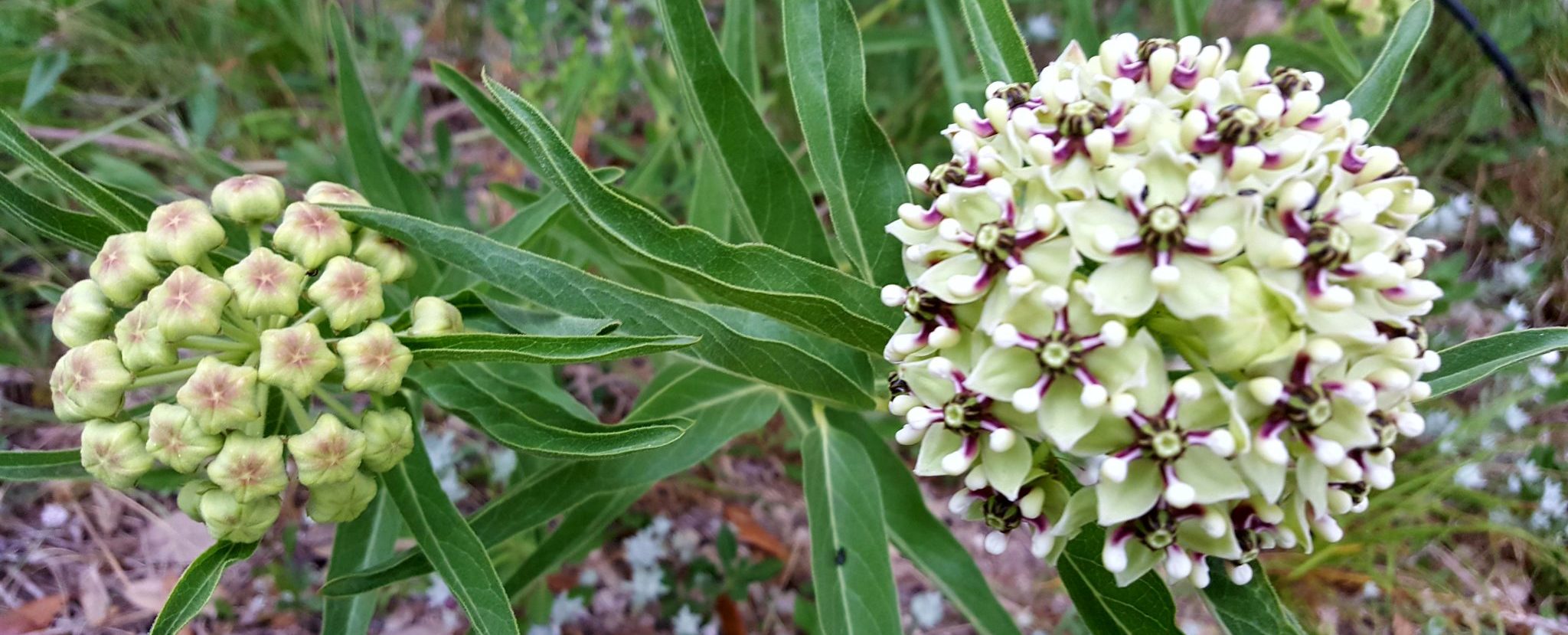
Photo of Antelope Horn Milkweed. Courtesy of Maria DeLanghe, Ecological Services Administrative Assistant at Plateau Land & Wildlife Management.
Milkweed is the main food source for monarch butterflies and their caterpillars. You can plant multiple species of milkweed utilized by monarchs: antelope-horn milkweed, green milkweed, butterfly weed, and Texas milkweed (just a few of the species). Make sure that milkweed plants are planted in multiple groups of 3-4 so the caterpillars do not run out of food. Adult monarchs will drink nectar from a variety of other sources when milkweed is not available. Providing a wide variety of native flowers that bloom at different intervals ensure that monarchs get the necessary food they need to reproduce during the spring and summer as well as when they migrate in the fall.
If you are interested in creating a butterfly food plot, there are native wildflower seed mixes available. If your property is currently in a wildlife valuation, a butterfly food plot would count as a supplemental food activity. The food plot must be 1% of the total property to qualify.) Lantana, thistles, mistflowers, zinnia, Mexican sunflowers, verbenas, butterfly bush, bottlebrush, bee brush, Turk’s cap, frostweed, and bee balm are among a few wildflowers that monarchs (and other pollinators) will utilize during their migrations.
Back to TopBack to Top
Wildlife Management Activity Reminder: Winter Wildlife Surveys
By Kameron Bain, Landowner Account Manager
 As fall escorts cooler temperatures into our area it also renews an opportunity to become familiar with our wintering and resident wildlife. These visitors won’t be here for long, so put on your jacket and start counting!
As fall escorts cooler temperatures into our area it also renews an opportunity to become familiar with our wintering and resident wildlife. These visitors won’t be here for long, so put on your jacket and start counting!
For informal surveys, simply watch your feeders and water sources and record who is visiting. You can do this by watching in the morning or evening and keeping a log of what you see. You should do this regularly (weekly or monthly) throughout the wintering season or better yet, all-year long. Keep your eyes out for butterflies too, mid-October to mid-November is an excellent time to see migrating butterflies. You can also use remote game cameras that can watch 24/7 and offer an excellent opportunity to record sightings of wildlife, especially shy and elusive species.
Another excellent opportunity is to allow your property to be a part of the regional Christmas Bird Count, which is the longest-running citizen science survey. The National Audubon Society administers the surveys and the data collected is used to monitor population trends of wintering species.
Download the iNaturalist app to help you identify and catalog wildlife and plants seen on your property. See Plateau’s tutorial on iNaturalist
Formal Surveys Require More Experience & Knowledge & May Include: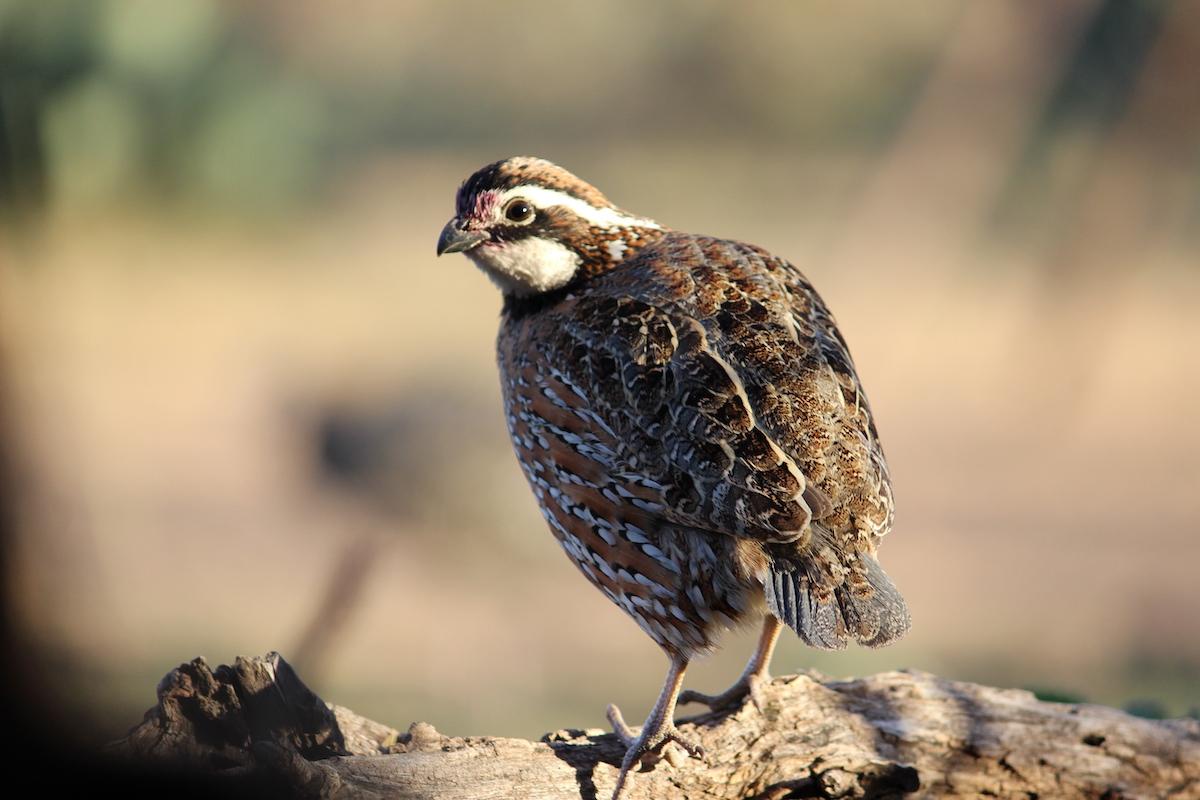
- Time-area counts are structured surveys that involve sitting at representative points throughout your property for a set period of time (typically 10 minutes) and recording all wildlife seen or heard within a set area. These are typically done seasonally, but winter is a great time to start.
- Fall and Winter quail call counts are structured surveys where independent listening stations are set up throughout your property to count individual quail calling in the early morning.
- Winter and resident bird surveys are point-count surveys focused on birds that are seen and/or heard at representative stations throughout your property.
All of these surveys are most informative when conducted annually or often to establish trends in wildlife use of your property. You don’t have to be perfect at your activities, but somebody has to do them. If you need help or have questions please contact us at (512) 894-3479 or [email protected]
Back to TopBack to Top
On-Demand Webinar: Butterflies, Wasps & Bees, Oh My! How to Manage for Native Pollinators
Rarely do land managers think about the small non-game wildlife that affects their property and even more rarely do they think about the butterflies, wasps, and bees. Texas has a wide array of native and non-native pollinators throughout the state that affect our daily life as we know it. These pollinators are not only a benefit to the ecosystem but are a benefit to the agricultural economy.
During this on-demand webinar, we identify some common pollinators seen throughout Texas, discuss the different eco-services that they provide, and outline recommendations for your land to encourage native pollinators, particularly as it applies to the wildlife management valuation.
Presented by James Hall, Senior Wildlife Biologist, Certified Wildlife Biologist and Registered Property Tax Consultant.
Questions? Give us a call at (512) 894-3479 or email [email protected]
Back to TopBack to Top
Service Spotlight: FREE Wildlife Exemption Webinar Series
Whether you’re already a Plateau customer or someone that wants to learn more about Wildlife Management, everyone is invited to join us for our FREE 2020 Wildlife Management fall webinar series. Connect with experts and other Texas landowners in Wildlife Management and learn all about:
- Wildlife Management Exemption
- Wildlife Management 101
- Qualifying Wildlife Activities
- Property Taxes
- Wildlife Management Plans
- Annual Reports
- County Requirements
- Issues Related to Your Texas Region
- Open Questions & Answers
Webinars will be hosted every Tuesday and Thursday through November 12th. Visit plateauwildlife.com/webinars to register for the date and topic you choose. Register for as many as you’d like. If you miss one, no problem, just sign up for the next webinar!
Questions? Give us a call at (512) 894-3479 or email [email protected]
Back to TopBack to Top
Beekeeping as an Agricultural Use
By Shane Kiefer, Director of Ecological Services, Certified Wildlife Biologist and Registered Property Tax Consultant
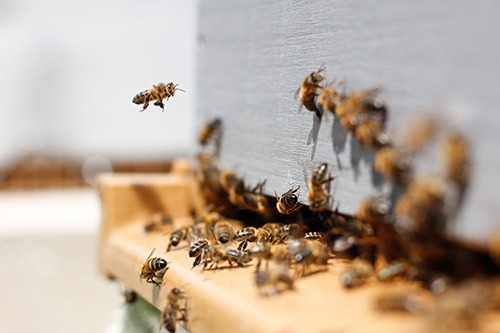 In most of Texas, it is no longer a secret that beekeeping is a qualified agricultural operation for property tax purposes. There are some restrictions: the bees must be used for pollination or production of a tangible product with commercial value (e.g. honey, wax, etc.) and the land dedicated for such purposes must be 5-20 acres in size. Note that it does not require commercial production, which means you do not have to actually sell the products, unlike in other forms of agricultural use. Additionally, land set aside for residences or for other secondary uses should not be included in determining the acreage that is dedicated for the primary-use of beekeeping.
In most of Texas, it is no longer a secret that beekeeping is a qualified agricultural operation for property tax purposes. There are some restrictions: the bees must be used for pollination or production of a tangible product with commercial value (e.g. honey, wax, etc.) and the land dedicated for such purposes must be 5-20 acres in size. Note that it does not require commercial production, which means you do not have to actually sell the products, unlike in other forms of agricultural use. Additionally, land set aside for residences or for other secondary uses should not be included in determining the acreage that is dedicated for the primary-use of beekeeping.
This is a potentially valuable class of agricultural production for landowners with 5-20 acre properties who want to establish their open-space (ag) valuation without having to graze livestock on such a small area, which is unsustainable pretty much anywhere in Central or West Texas.
Wildlife management valuation is a great option for these properties but, as you know, it only applies to properties that are currently qualified open-space land, and you cannot build a history to apply for open-space by doing wildlife activities. Beekeeping gives a new option for small acreage landowners who need to establish a 5-year agricultural history to acquire their open-space valuation. It also works well for properties that may have been subdivided and are too small to continue in wildlife management appraisal.
While the Tax Code now allows for this type of agricultural use, the intensity standards and requirements vary by appraisal district. That means that you should not rush out and buy hives and a beekeeper suit until you speak with your appraisal district or a knowledgeable professional about the expected requirements. Many appraisal districts require a minimum of 6 hives and registering hives with the Texas Apiary Inspection Service.
As always, Plateau is here to help you manage the process of building your agricultural history and working with the appraisal district to determine what is needed for your operation to be a success. We have relationships with professional beekeepers to help connect you with additional support. Starting on the correct path is essential to avoid losing several years of effort when it comes time to finally qualify.
For questions and resources, please contact us at [email protected] or (512) 894-3479.
Back to TopBack to Top
Property Tax Solutions for Developers: Grazing Associations & WMPAs
By Joanne Hatton, Braun & Gresham, Attorney & Counselor
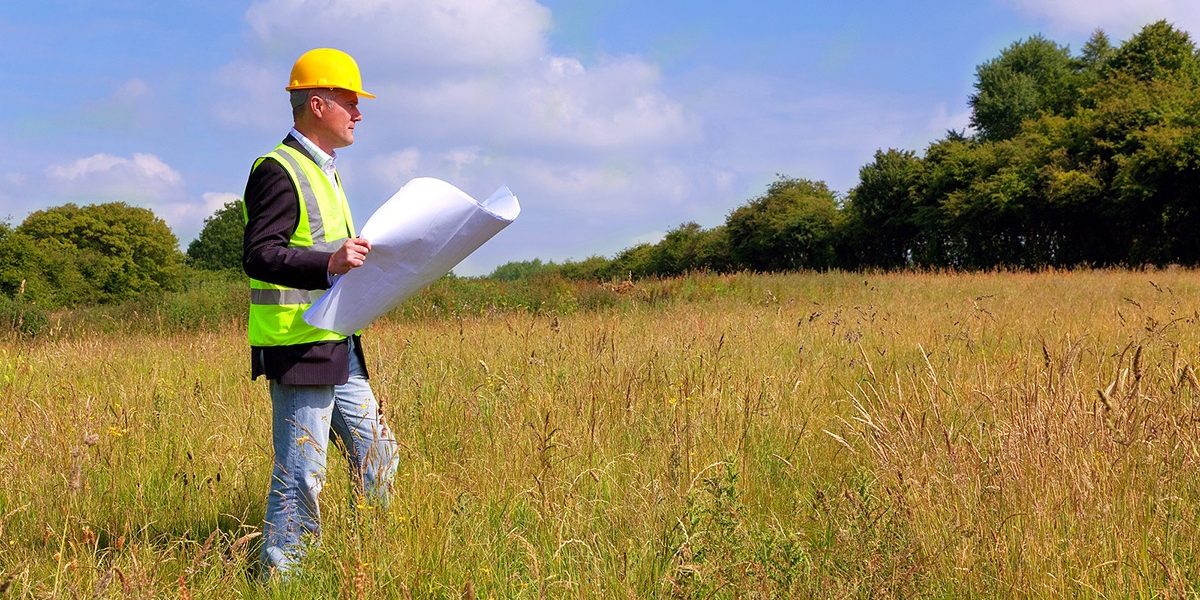
As the populations of many rural communities in Texas continue to grow, there is a movement to provide an alternative to the typical suburban-style neighborhood and to foster development that preserves the rural character of these expanding communities. Large lots often come with a hefty annual property tax price tag, so many buyers move to the country only to end up in a neighborhood that looks similar to those found in most suburbs. Wildlife management property associations (WMPAs) and grazing associations can offer an appealing alternative to buyers who are interested in purchasing land without the hefty price tag.
Property Tax Solutions:
Braun & Gresham has helped many developers provide alternatives to rural buyers. Some developers acquire large swaths of land with current agricultural (Ag) valuations and then subdivide the land into 10 to 25 acre lots managed by a WMPA. The WMPA ensures that wildlife management use remains the primary use of all lots within the subdivision and supports the continuation of an Ag valuation on each of the subdivided parcels. The lot size required to qualify for an Ag valuation within a WMPA varies by county, but the smallest size that has been allowed by any county is 10 acres. A purchase of this size is still a stretch for many buyers. The solution for developers, buyers, and some rural communities has been the creation of grazing associations, which may provide the opportunity for the subdivision of a large swath of land into parcels as small as 5 acres depending on the position of the particular appraisal district.
Qualifying for Agricultural (Ag) Valuation:
The tax code provides that for land to receive an Ag valuation, the land must be devoted to agriculture as its principal use to the degree of intensity generally accepted in the area. Counties have different guidelines as to what constitutes principal use and what constitutes the degree of intensity necessary to qualify for an Ag valuation. These standards are set by the chief appraiser in the area. While counties have the latitude to set their own guidelines, the Comptroller Manual for the Appraisal of Agricultural Land provides guidance which seems to encourage innovation, stating:
- “Where a landowner applies practices that are not typical, the chief appraiser should be careful not to discourage experimentation or innovation,” and
- “Both property owners and appraisal districts need to be alert to the possibility that a particular parcel may be used as part of a larger operation. Appraisal districts should inform potential applicants and applicants should point out larger uses to the appraisal district.”
Therefore, other uses of the land and smaller lot sizes do not necessarily disqualify any parcel for an Ag valuation.
Grazing Association Guidelines & Benefits:
The guidelines are set by the tax code, the comptroller rules and manuals, and the county guidelines of each specific county. Generally, one acre of each lot is used for residential purposes and the remainder of the lot is left open to grazing. The one acre used for residential purposes is typically taxed based upon a market valuation and the remainder based upon an Ag valuation. Some counties specifically state that smaller acreage may qualify for a 1-d-1 valuation if a lessee has enough contiguous land to meet the minimum standard tract size for the particular class of land. The grazing association meets the requirements for an Ag valuation over a subdivision by executing a grazing lease with a lessee over all the contiguous tracts of land (over all the lots in the subdivision). Some grazing associations, depending on the requirements of the county, own and manage the cattle that graze throughout the subdivision.
Occasionally owners will simply enter into a joint grazing lease without CCRs (Covenants, Conditions and Restrictions) or the formation of an association or organization. While this can work for a while, the decisions of one or more neighbors to no longer participate can impact or cause the termination of the Ag valuation for the other owners. Grazing associations, along with corresponding deed restrictions implemented by the developer or the landowners, can ensure that owners of lots in a planned grazing community adhere to certain restrictions so that the entire subdivision maintains agriculture, particularly grazing, as its principal use under all the applicable laws, rules, regulations, and guidelines, ensuring the continuation of grazing as the principal use of the property.
Benefits of WMPAs & Grazing Associations:
Owners of lots in a grazing association get real Texas ranch ambiance without the responsibility and burden of managing hundreds of acres. Owners of lots in WMPAs are surrounded by wildlife and are part of a community that preserves the natural environment. These buyers are able to do this at a price point lower than most suburban lots and save on their tax bill in the process.
Communities benefit from the development of grazing association and WMPA subdivisions as well. Transplants to their communities end up on lots in the middle of preserved rural grazing land or in neighborhoods where everyone is required to support the preservation of wildlife and the natural environment instead of concentrated in suburban-style subdivisions with small lots. The restrictions on the size and use of the lots are part of the deed restrictions so the use is much more permanent than a simple joint grazing lease. Traffic and infrastructure problems caused by new subdivisions and tight concentrations of populations can be mitigated by encouraging buyers to buy these larger lots. Most importantly, by encouraging buyers to embrace the lifestyle in a grazing association or a WMPA, the character of our rural communities are better preserved.
An Experienced Real Estate Attorney Can Help:
It is imperative that prior to subdivision or the filing of a plat, developers or landowners contact a real estate attorney experienced in WMPA or grazing valuation matters. Consequences of losing an Ag valuation, include:
- owing market value property tax for at least the next five years on each lot,
- owing rollback taxes on the lot for prior years,
- and the possibility that a particular property may no longer be eligible for an Ag valuation through a use acceptable to the owner of the lot.
If you are a developer interested in creating a grazing association or WMPA for your property, Braun & Gresham can help. We can assist with the creation and implementation, and identify any potential issues that may arise. Contact Joanne Hatton at (512) 894-3479 or [email protected] to discuss these or any other issues related to subdividing property in a way that preserves the rural character of your land.
Back to TopBack to Top
News for Texas Landowners
Tree Folks, ACC to Assess Bastrop County Reforestation
Article by

Millions of loblolly pine tree saplings have been planted over the last nine years following the 2011 Bastrop County Complex Fire, a long-term attempt to raise a forest from its ashes.
The saplings are a special breed of pine designed to withstand the kind of drought conditions that increasingly plague Central Texas, and they’ve been primarily distributed by the Texas Forest Service and the Austin-based nonprofit TreeFolks.
But nearly a decade into the reforestation process, some are beginning to wonder how much progress has the nine-year effort made? To answer that question, TreeFolks is looking to a class of Austin Community College students to measure the progress of regrowth in the Lost Pines forest…
New Maps Show Diversity of Texas Working Lands
Article by
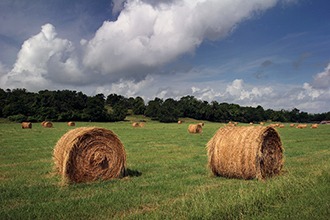
A collection of maps created by the Texas A&M Natural Resources Institute (NRI) showcases the hardworking farmers and ranchers of Texas and the diversity of lands that support them.
The maps are a visual representation of the variety of climates and agricultural activities taking place across the Lone Star State, according to Alison Lund, NRI program coordinator and one of the creators of the images.
“The state’s working lands are used for crops, timber, wildlife management, orchards, livestock and more,” Lund said. “You can now see the variety of agricultural industries statewide and that some areas have two or three of them and that these industries complement one another as opposed to competing with one another…”
Registration Open for 2020 Texas Master Naturalist Meeting
Article by Carrie Baker with Texas A&M AgriLife
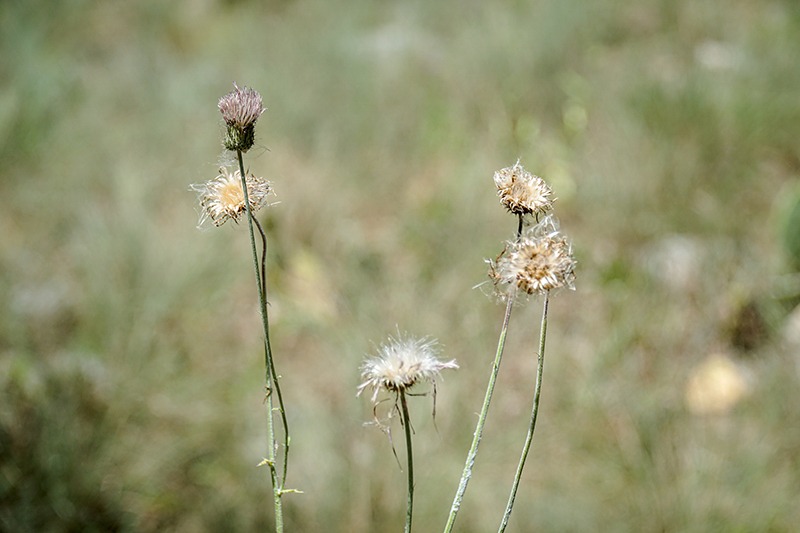
Registration is now open for the Texas Master Naturalist Program’s annual meeting, to be held virtually this year from Oct. 14-17.
The four-day event, packed with contests, special programming and a variety of expert speakers and presenters, is open to anyone looking to learn more about the natural world around them in Texas.
Mary Pearl Meuth, Texas Master Naturalist Program assistant state coordinator, Bryan-College Station, says this annual meeting will have something for just about everyone interested in nature, natural resource management and conservation…
Episode 17 – Our Quail Hunting Forecast
Rolling Plains Quail Research Foundation Podcast with Dr. Dale and Gary Joiner
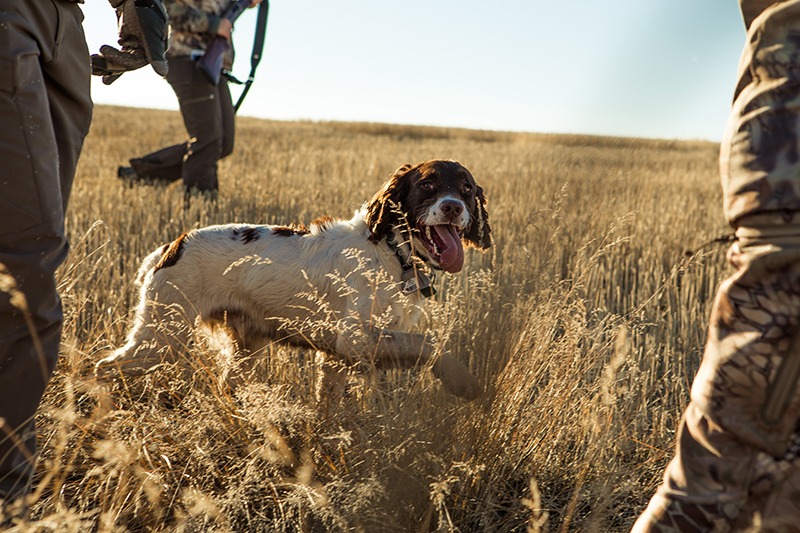
With dove season underway, quail hunters are looking ahead on the calendar and wondering: what kind of quail season can we look forward to come November?
This month’s episode of our Dr. Dale on Quail podcast answers that question. Join Dr. Dale and Gary Joiner as they discuss Dale’s “quail trap line” of reports from landowners and managers across Texas. Dale also covers our quail hunting forecast and outlook. Click the button below to hear the latest scoop on why some regions will be brighter than others…
Game Warden Field Notes
Press Release by
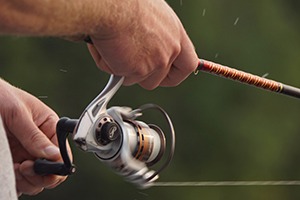
The following items are compiled from recent Texas Parks and Wildlife law enforcement reports.
Familiar Faces:
A Titus County game warden caught three men fishing on Lake Welsh without fishing licenses. One of the subjects gave a false name and date of birth, refusing to cooperate in providing his identity and even requested an ambulance because he was so upset. After the ambulance arrived, he refused transport and gave the EMT’s a different date of birth when he signed the refusal for transport. The man was arrested and transported to the Titus County Jail for failure to identify and no fishing license. At the jail, his real name and date of birth was located and found to have been previously issued a citation in 2009 by the same warden for no fishing license. Citations were issued to the man for no fishing license and for failure to identify, and he was released…
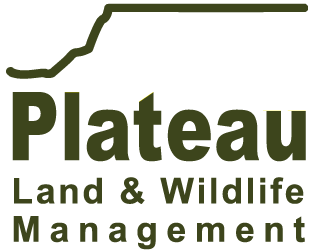





Sorry, the comment form is closed at this time.